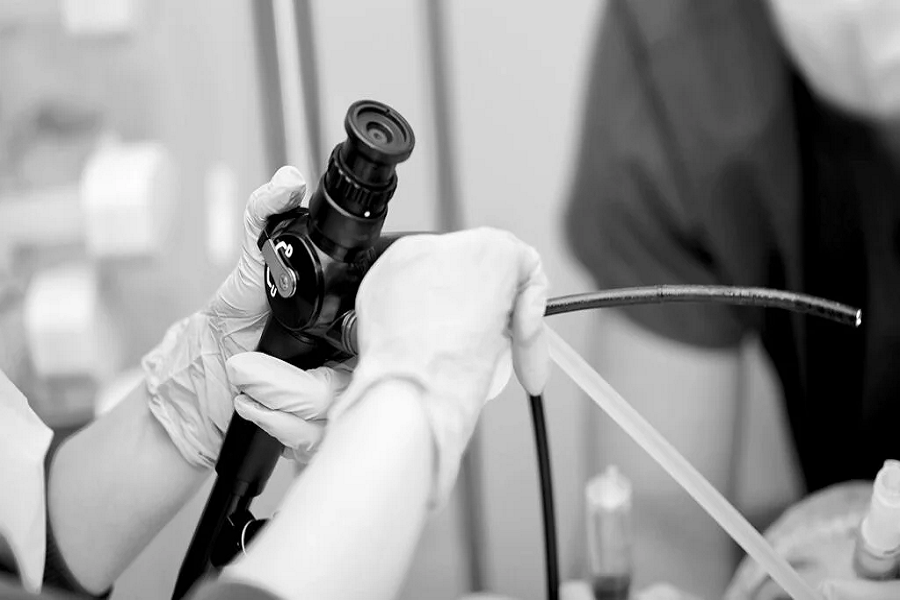Endoscopes are one of the most important medical devices that you can use as a doctor to examine and visualize the internal parts of the human body. They play a very important role in diagnosing different medical conditions and performing minimally invasive procedures. In this guide, you can learn everything about the users and functions of endoscopes.
What Is An Endoscope?
An endoscope is ideally a thin, flexible tube that is equipped with light and a camera that allows you to view the internal part of the body without the need for any surgery. It is generally used to examine the digestive tract, respiratory system, and other internal organs. It provides you with important insights for the right diagnosis and treatment planning.
Different Types Of Endoscopes
1. Endoscope
You can use this to examine the digestive tract, like the stomach and intestines. This will help you detect abnormalities like ulcers, tumors, or signs of Gastrointestinal bleeding.
2. Bronchoscope
It is specially designed to visualize the Airways and your lungs. It helps you diagnose respiratory conditions like chronic cough, lung infections, or tumors.
3. Colonoscope
It is especially used for colonoscopy procedures. This is done to inspect your large intestine for abnormalities like inflammation or the signs of any colorectal cancer.
4. Cystoscope
You can use it to examine your bladder and urinary tract. It helps in the diagnosis and treatment of urinary system disorders like urinary tract infections, bladder stones, or bladder cancer.
5. The Function Of The Endoscope
You can use the endoscopes to visualize the internal structures in real-time. You can insert it in the patient’s body through the natural openings or through small incisions. The camera is attached to the endoscope that transmits the best quality images to the monitor. This will allow you to check and understand the condition of the targeted area. In some cases you can also attach some extra elements to the endoscope to perform minor surgical procedures or collect tissue samples for further analysis.
6. Maintenance And Care
Proper care and maintenance of the endoscope is very important to ensure optimum performance. This includes thorough cleaning and sterilization procedures after each use. You need to regularly inspect it for some signs of damage or wear and tear. It is very important for you to align with strict hygiene protocols to prevent the risk of infections.
In short, endoscopes are one of the most important medical devices that have changed the way healthcare experts can diagnose and treat different types of medical conditions. The minimally invasive nature, accurate imaging capabilities, and versatile applications have significantly improved patient care and treatment outcomes in different medical specialties.

